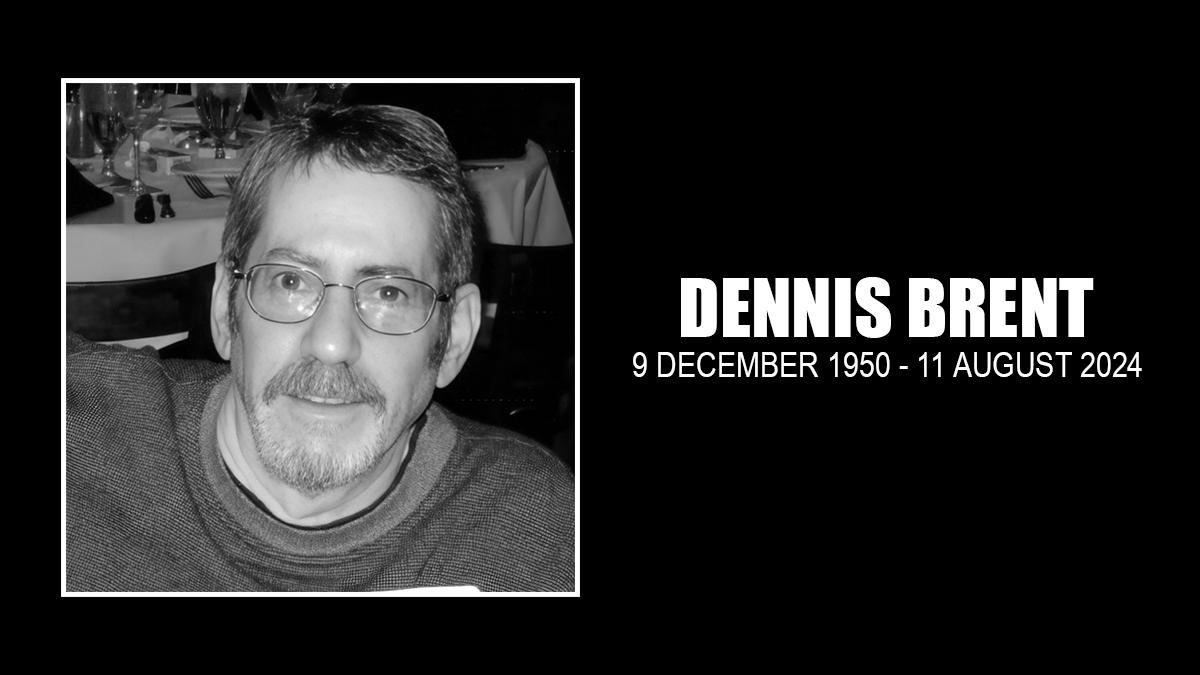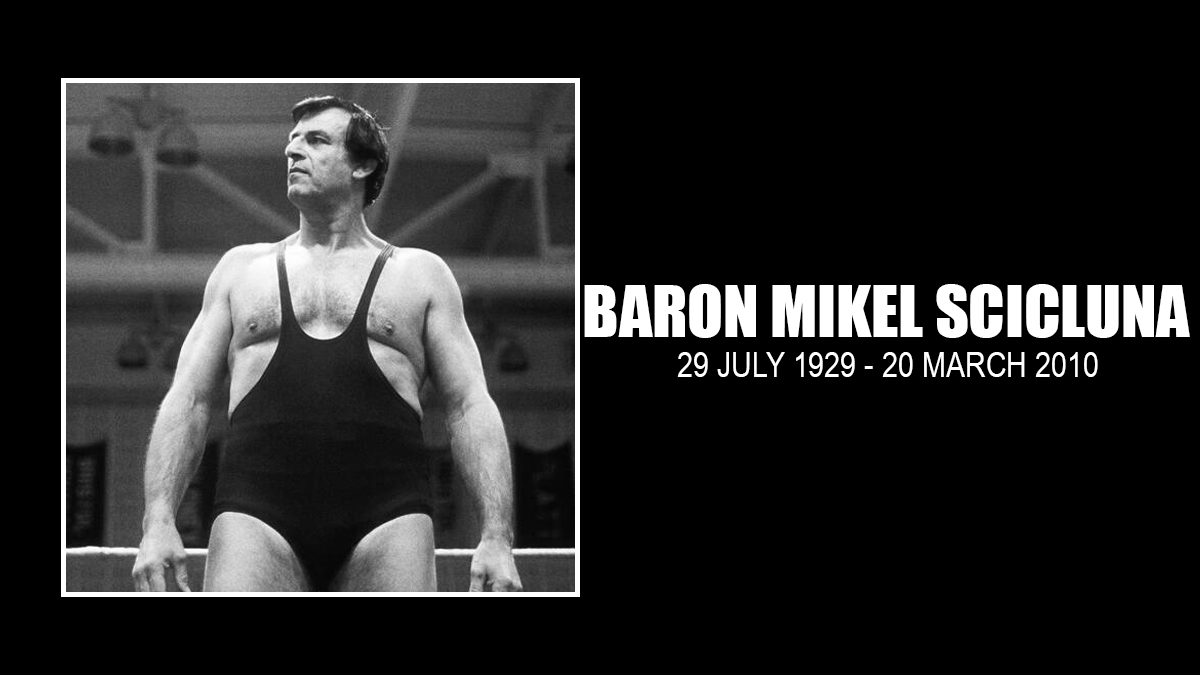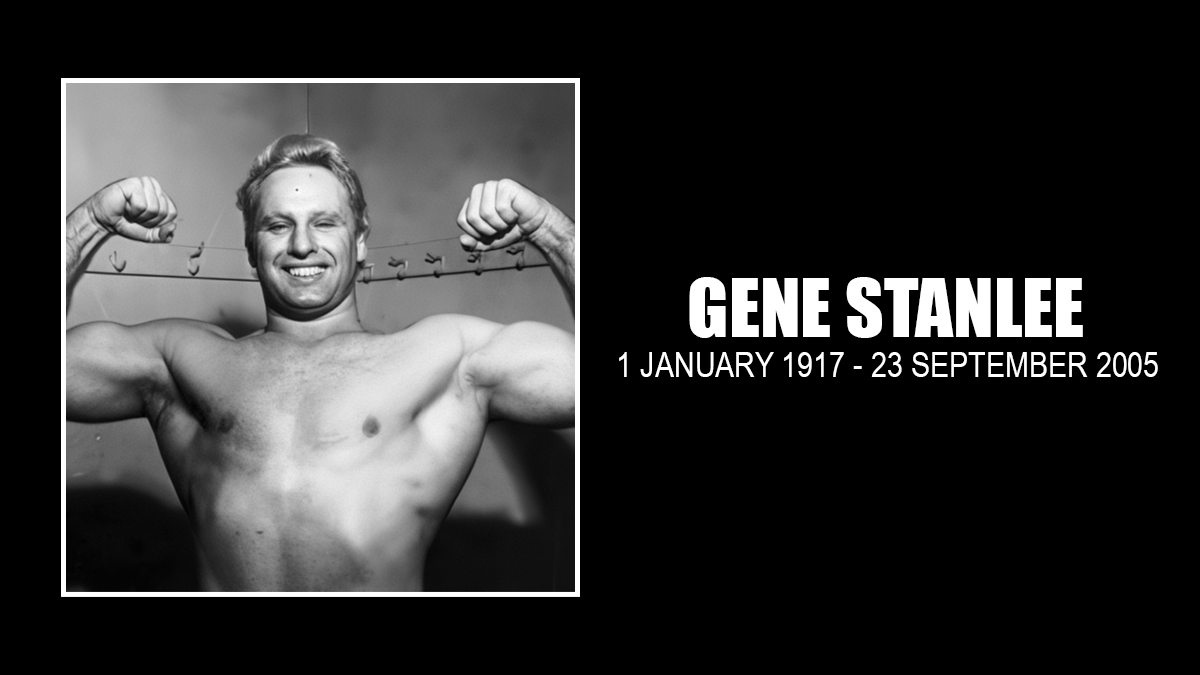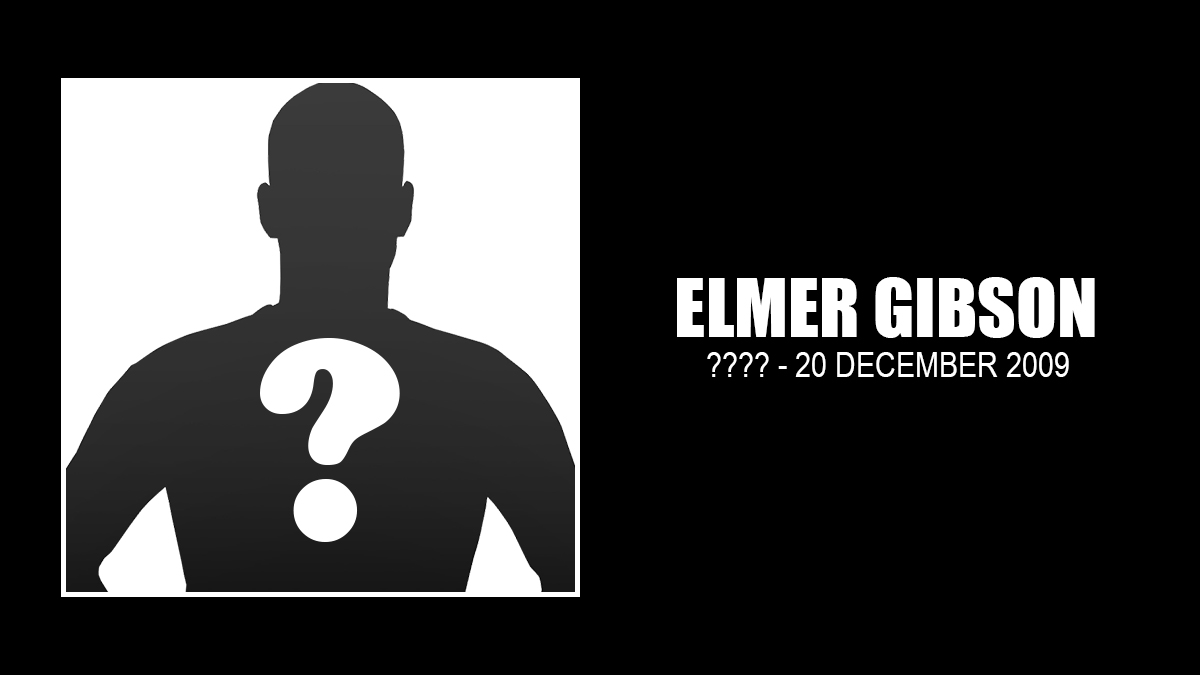In April 2015, Terry Taylor was tasked with introducing Dennis Brent, who was receiving the Cauliflower Alley Club’s James C. Melby Award for his contributions to pro wrestling history. With Brent’s death on August 11, at age 73, it’s worth revisiting Taylor’s words.
At the podium in the ballroom at the Gold Coast Hotel & Casino in Las Vegas, Taylor estimated that he had known Brent for over 30 years. And given that Brent worked for or with World Class Championship Wrestling, UWF, NWA, WCW, Smokey Mountain and WWF/WWE, he was rarely far from where Taylor was.
“Dennis has been so extraordinarily important to my life and to my career,” said Taylor.
It was Percy Pringle — the future Paul Bearer — who opened the door for Brent to get into the wrestling business.
“Dennis immediately started giving back to the business. You get in this business and there are givers and there are takers, people where it’s all about them, and then there are people like Dennis that work behind the scenes,” explained Taylor. “He took pictures of people, he did the publications, he co-authored or collaborated on Stone Cold‘s book, with J.R., which was was a bestseller. … He’s done so many things that you wouldn’t know.”
The former “Red Rooster” said that Brent’s connections helped bring in new wrestlers to World Class Championship Wrestling and then WWE. “He was part of talent recruitment, before there was any such thing,” added Taylor.
He ended with a good line: “Dennis has been a credit to our business. He’s given back more than he’s ever taken.”
From there, it went a little off the rails.
Taylor took the microphone down to the table where Brent, who had multiple sclerosis, was sitting. Brent began to talk, and the combination of the bad acoustics, being unable for most of the room to see him, and his limited speech capabilities made for a bit of a jumbled mess that went on perhaps longer than any other Melby Award winner in CAC history.
Brent was enjoying his well-deserved moment in the spotlight.
Born December 9, 1950, Brent attended Hillcrest High School in Dallas (where his family had moved when he was 10), before studying Radio, Television and Film at the University of Texas at Austin, with a minor in English. While still at college, Brent started his writing career.
The first business he ran, though, was writing a different kind of thing: computer code. He operated PowerSoft Software, which created programs for the Radio Shack TRS-80 computer, and sold the company in 1989 (officially it was Breeze/QSD). On his LinkedIn page, Brent detailed the company: “The Tandy Corporation which sold our software packages in their 2,000 Radio Shack stores world-wide for their TRS-80 line of computers. Most of our products received outstanding reviews in the computer magazines. My partner, Kim Watt, was a genius when it came to programming and I wrote the manuals and ran the business side for ten years.”
Wrestling called.
“I spent the ’60s, ’70s and ’80s watching WCCW every week and often wondered how I could get involved with the company, without being a wrestler,” Brent wrote for the CAC website. “But I didn’t see how that could possibly happen. So like other fans, after college I got some jobs that were interesting and I still watched WCCW every weekend and sometimes went to see the live matches at the Sportatorium with my Dad, if what happened last week on TV promised a lot of action and payback, as these main event matches were never televised.”
Brent’s knowledge of computers and, especially, desktop publishing with Aldus PageMaker, was his entry. He shared the details with the CAC:
But on May 6, 1984, I lucked into a situation that opened that “magic door” for me.
On May 6, 1984, my wife and I went to Texas Stadium to see Kerry Von Erich versus Ric Flair for the NWA World Title match (and also a Freebirds “country whipping match” against Fritz, Kevin and Mike. Fritz whipped Michael with a double upped leather strap very hard across the back, making Michael jump up and down in pain. You could see the red strap marks on his back. One thing that I was very surprised about was that they didn’t have ANY programs for sale, so my mind started buzzing about how many they could have sold and how much money they could have made, especially at maybe $2-$3 each, multiplied by the record setting crowd of 40,000-50,000 fans. I was really surprised since I wanted one! And since Kerry won the World Title finally, after several years of the Von Erich’s attempts to win it and failing to do so, due to cheating on the champion’s part, I imagine that on their way out of the stadium, many of the fans who didn’t already buy one, would have bought one as a souvenir and would try to get Kerry to sign it at the Sportatorium one Friday night.
The Sportatorium was the only venue I ever worked at that let the fans come to the ring corners and get their programs signed until the referee said it was bell time. And of course if you wanted a heel to sign your program, they tore it up! Then when Apple announced their first Macintosh in January 1984, I demo’ed one and was so impressed that I put my money down on one of the first 100 for Dallas, which were promised to Computerland, since they paid for them in advance. Apple was still a small company and needed the money to build more Macs. By that time I owned a computer software company that catered to the Radio Shack TRS-80 line of mini-computers, and my company had written some very popular software programs that Radio Shack carried in all of their 2,000 stores. We did pretty good for ten years, but nothing matched the new Macintosh that came out in early 1984, as far as producing real typeset looking lettering, graphics and creating professionally designed printed pages to create products like ads, software manuals, catalogues, books and sales flyers in my case, or even wrestling programs and magazines, if you had the need for that.
So I bought and used my first edition Macintosh, Apple’s very first LaserWriter printer, an early Epson scanner and a terrific new software program called Pagemaker to create professional looking software manual pages and magazine ads, software manuals, and disc labels (without having to use or pay an ad agency or designer) to sell software to support a now inferior computer that was eventually crushed by the Apple Macintosh and the new IBM PC that also came out in 1984, but hey, it’s all a work… If you have a new and better gimmick, you’ll get over with the fans (customers), and if you don’t change it to get back over with them, they will reject (boo) you. Radio Shack did update their computers to be PC compatible, but customers (the “fans”) wanted the real IBM system or a real Macintosh, not a Radio Shack clone, so Radio Shack ended up dropping their whole computer line after about two years of trying to get their PC clones over. But my company wrote a program where a former Radio Shack computer user could take their old TRS-80 data discs and convert them to IBM format to use in their new PC without having to retype anything at all, so Radio Shack sold a whole bunch of those, which kept my company going, but I still wondered how I could get involved with World Class, without being a wrestler myself.
One day I went to the print shop to drop off pages for a software manual for a new updated version of the program, and there were a few people ahead of me. As I was standing there looking around, I noticed that the man in front of me had bleached white hair. I leaned a bit and looked at him from the side and to my total surprise it was Percival Pringle III (Paul Bearer/William Moody)! He was picking up the programs for that night’s card at the Sportatorium! I heard the print shop guy tell him the price and they cost almost as much as they sold them for, as they were done the old school way, by setting the by type by hand, pasting blocks of text, logos, pictures and handmade strips of headlines on paper with rubber cement and then offset printing them, meaning that there were high labor costs involved besides printing charges.
I introduced myself to Percy and said I was a longtime fan and told him that I had a new kind of computer system that just came out and could do all this on the computer without rubber cementing anything and it would cost them a lot less, just printing charges and my charge for designing them, or we could split the profits, but it would be a lot cheaper for them overall either way. Percy asked a few questions and asked how far away my office was. I said not far, so he followed me to my office and I showed him how I could design the entire program on the computer screen, and after scanning some pictures, I showed him how I could place the digitized images on the page (the computer screen), move them around, change their size, cut people out and place the pictures, the text and captions anywhere on the page without rubber cementing anything. He laughed and said, “Oh my, that’s amazing!” and said he’ll talk to Fritz.
Fritz Von Erich called, and, with the Dallas-based World Class Championship Wrestling growing by leaps and bounds, Brent fit right in.
An important early non-WCCW project was the book Inside Secrets On How You Can Enter The Exciting World Of Pro Wrestling which he wrote with Pringle.
And then there was his association with baseball legend Nolan Ryan. Always a baseball fan, Brent published Nolan News from 1986-89, a monthly magazine about the famed pitcher and the Nolan Ryan Charity Foundation.
Wrestling-wise, Brent was there for much of the national expansion and upheaval of the late 1980s.
From World Class, he joined Bill Watts‘ renamed Mid-South territory, known as the Universal Wrestling Federation, doing their programs. Then the NWA/Jim Crockett Promotions took over the UWF … and then Ted Turner bought Jim Crockett Promotions.
Brent was officially Director Of Publications – WCW-World Championship Wrestling, from May 1989 to July 1994, and looked after all the programs sold in arenas, as well as taking photos, setting up the trading card images, and dealing with media. For a time, Brent also had a hand in the company’s 900-hotline call-in line.
Then it was off to the WWF/WWE, where Brent had numerous roles.
He was Business Manager of WWE Publications from 1998–2000, which including editing RAW Magazine. A promotion followed to Director of Talent Relations (2000-2004), where he arranged for outside bookings of talent; an additional job was created in 2002, where he was Director of Developmental Talent, overseeing WWE’s regional territories where next-generation stars were being created.
Through many of the years, Brent worked alongside Jim Ross, and that continued with The Stone Cold Truth, the autobiography of “Stone Cold” Steve Austin, where they were both listed as the co-writers. Brent also acted as a proofreader on other WWE-sanctioned books. He kept his photo collection, and the photo on the front of Ric Flair’s first book was Brent’s.
Then came MS.
As Brent wrote on his LinkedIn, the disease came “out if the blue at age 57. They say once you’re past 40 or 45 you are safe from this. Also the majority of victims are women. So you never know. I started getting hints in 1996 or so, but they were always diagnosed as something else. MS imitates many other afflictions. Only a spinal tap and MRI can tell for sure, but most doctors don’t order these tests, as they think its something else. In Oct. 2006 woke up with whole body tingling so went to doctor who made immediate appointment with Neurologist, who did the tests and confirmed that it was MS. Lost ability to walk properly and lost balance. Also could not write or type properly for over a year before hand and finger movement stabilized. Must use cane now and receive monthly infusion of Tysabri, which does not cure, but is aimed at keeping the disease at bay. So far there is no cure for MS.”
WWE was supportive but his full-time employment ended as he pursued physical therapy.
Therefore when the call came from the Cauliflower Alley Club, he was there and thrilled to be front and center. SlamWrestling.net’s Kari Williams profiled Brent on the site — Many years of hard work pay off for Dennis Brent with CAC’s historian award — and he was once again surrounded by wrestling people.
His wife, Lynn, whom he married in 1978, was at his side at the banquet. They had no children, but the obituary lists Brent’s survivors as his sister Susie Solomon (Hal); brother-in-law Keith Gran (Becky); nieces Lindsay Solomon and McKenzie Gran and nephews Justin Solomon, Gerson Gran (Emily) and Gabriel Gran; also, he was very fond of his great nephews Mason and Rylan and his great niece Lyla.
A graveside service will be held on Wednesday, Aug. 14 at Temple Emanu-El Cemetery, with Rabbi Steve Fisch officiating. Memorials may be made to the charity of your choice.




